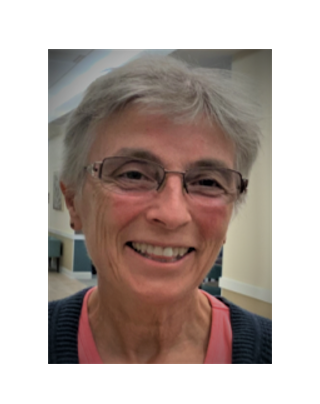Access to Recent Class Work/Examples!
Wende A. Mix, Ph.D.
Gap Analysis of the Affordable Connectivity Program in New York State
During the Fall semester of 2022, a DSA professional lab focused on analysis of the Affordable Connectivity Program (ACP). In addition to managing work performed by graduate students, I undertook a gap analysis investigation of ACP for zip codes in New York State. The slides compare eligibility criteria for the ACP to available data sources. A gap analysis uses a definition of income eligibilty and considers the impact of the margin of error for Census American Community Survey (ACS) estimates. Results are presented for urban versus rural geographies, places (incorporated cities, Census designaated places), counties, and combined statistical areas (CSAs).
ACP Gap Analysis
Open Data Boot Camp
The Western New York Library Resources Council(WNYLRC) has been offered a grant from the Civic Switchboard Project out of Pitt to implement a program that would extend previous work on an "environmental scan" of open data resources for the WNY region. A review and report of the scan is here.
The findings indicated that librarians and others who work in libraries may not be familiar with open data or comfortable with using it to help meet the information needs of patrons who could be helped with open data resources. WNYLRC is looking for ways to engage and educate more library workers about open data.
The ODBC was held in February and March, 2022. Three one-hour sessions were followed by individual projects by teams of students paired with librarians participating in the boot camp. Session slides are availabile:
Buffalo and Erie County Public Library Dashboard
This past semester (Spring 2022) the GEG 485: Interactive and Web-based Mapping course actually worked with the (new) map viewer in ArcGIS Online and created dashboards. Although I am not a huge fan of dashboards, I think it is important for students to gain experience linking different objects together within a single visualization. This link is to a dashboard example that demonstrates many of the basic functionality but also shows how confusing dashboards can be when combining multiple grouped thematic layers.
Buffalo School Speed Zone Cameras
The City of Buffalo recently activated 20 speed zone cameras at schools around the city to improve safety for children. The 20 cameras are located at 17 schools. These maps use recent Average Annual Daily Traffic (AADT) counts within a half-mile from each school to create summary statistics. If a count site falls within a half-mile of two or more schools, that site is used in the statistics for all of the schools that it is near. Four maps contain information on:
- Minimum AADT at neaby sites
- Maximum AADT at nearby sites
- The sum of all AADT from nearby sites, and
- the average from all nearby sites.
The size of a circle on a map is proportional to the other school's values. The smaller the circle, the lower the value of the statistic compared to other schools. The larger the circle, the greater the value of the statistic compared to the other schools.
Link to Speed Data Analysis Report.
Social Determinants of Health, Western New York
Overview
NEW
COVID-19 and the Social Determinants of Health Story Map
Link to SDOH model documents:
Count-Based v. Concentration-Based Indexes
Links to Web Mapping Applications on the Social Determinants of Health
SDoH by Zip Code App (2017 ACS)
SDoH by Zip Code App (2018 ACS)
This web mapping application uses more recent American Community Survey estimates (2018 - 5 yr.) and Buffalo open data between 2014 and 2018. In addition, this application contains analysis using two indicies; one based on count estimates within a zip code (same as the other two apps), and a second based on concentration within a zip code. A zip code may have higher than average count values for each factor but lower than average concentration of the variables. So, this web mapping app has a layer for each of the SDOH indicies as well as a layer showing zip codes with both indexes indicating a higher need for interventions and a layer showing zip codes with both indexes indicating a lower need for interventions.
Below is a story map developed in ESRI's enterprise web mapping software Portal on the social determinants of health. This was the original application developed modeled after the story map developed by the North Carolina Institute of Public Health.
40 years and counting of GIS

Welcome to my new streamlined web page. All of the older python code and web mapping examples have been removed for revision. Such is the dynamic Internet!!!
I posted new/revised materials throughout the Spring 2020 semester for both the geospatial programming class (python) and the web mapping class. Fall semester 2019 was spent developing social determinants of health apps for local public health professionals. These examples will remain for the time being!
Just before the COVID-19 pandemic struck, I had been working on web mapping apps on internet access in western New York. These apps and dashboard examples are posted in the Web Mapping Class section under the WebApps section.